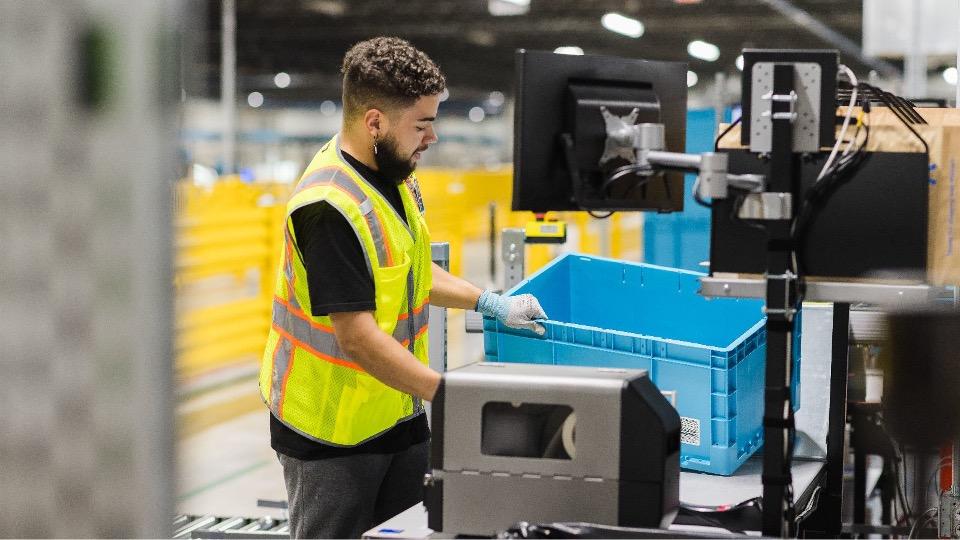

Large US Retailer
With annual revenue of over $500 billion, this Large US Retailer has been number one on Fortune’s Global 500 list for 10 consecutive years. A big part of their success is its world-renowned supply chain, which streamlines fulfillment and keeps costs low. In fact, they are practically synonymous with supply chain excellence and automation.
The content operations team has a big job—providing digital content for ecommerce as well as signage for stores. And that job got even bigger at the start of the pandemic, when consumers shifted from shopping in stores to buying online. Soon, the content and operations teams were struggling to keep pace.
At the same time, marketers throughout the company struggled to find existing content that they could repurpose or refresh. Without visibility into content projects already underway and an accessible directory of assets, they often duplicated content that already existed or had already been requested by other teams. Plus, when they were able to find content, it was often the wrong version.
The creative operations team chose Adobe Workfront to manage their end-to-end content production process from planning and ideation through drafts, approvals, and delivery.

To tame the content chaos, the marketing technology group built a content supply chain for the creative operations team. A content supply chain is the process that brings together people, tools, and workstreams to effectively plan, create, manage, and deliver content. “Once we designed this process,” observed the principal product manager for technology, “we needed to automate it with the right technologies.”
First, the creative operations team needed a work management platform to automate content workflows—and they chose Adobe Workfront. Adobe Workfront now manages their end-to end content production process from planning and ideation through drafts, approvals, and delivery. Next, they added a centralized content library built on Adobe Experience Manager Assets, which integrates seamlessly with Workfront. And they made sure both Workfront and Experience Manager were connected to their content management system (CMS) and Adobe Creative Cloud, which the creative operations team uses to build content assets every day.

With a fully automated content supply chain and a connected tech stack, the creative operations team can build assets faster and more efficiently. Review cycles are no longer dependent on email, and creatives no longer have to jump between Creative Cloud and multiple work management platforms. “Work is just easier all around,” said the creative operations manager. “And we have a big picture view of all our projects in one place, so we can better prioritize work and allocate resources.”
The new content supply chain has also delivered big wins to their marketers. With a centralized content library, they have complete visibility into existing assets, so they can quickly identify opportunities to refresh existing copy and designs. Content refreshes are typically faster and less costly than starting from scratch, so they save time and money.
In fact, marketing teams will soon have the opportunity to see how all their content assets are performing and even understand the return on each asset. The marketing technology group is currently in the process of building a dashboard that will allow marketing teams to easily view the return-on-investment (ROI) of individual content assets, so they can learn from past successes.

